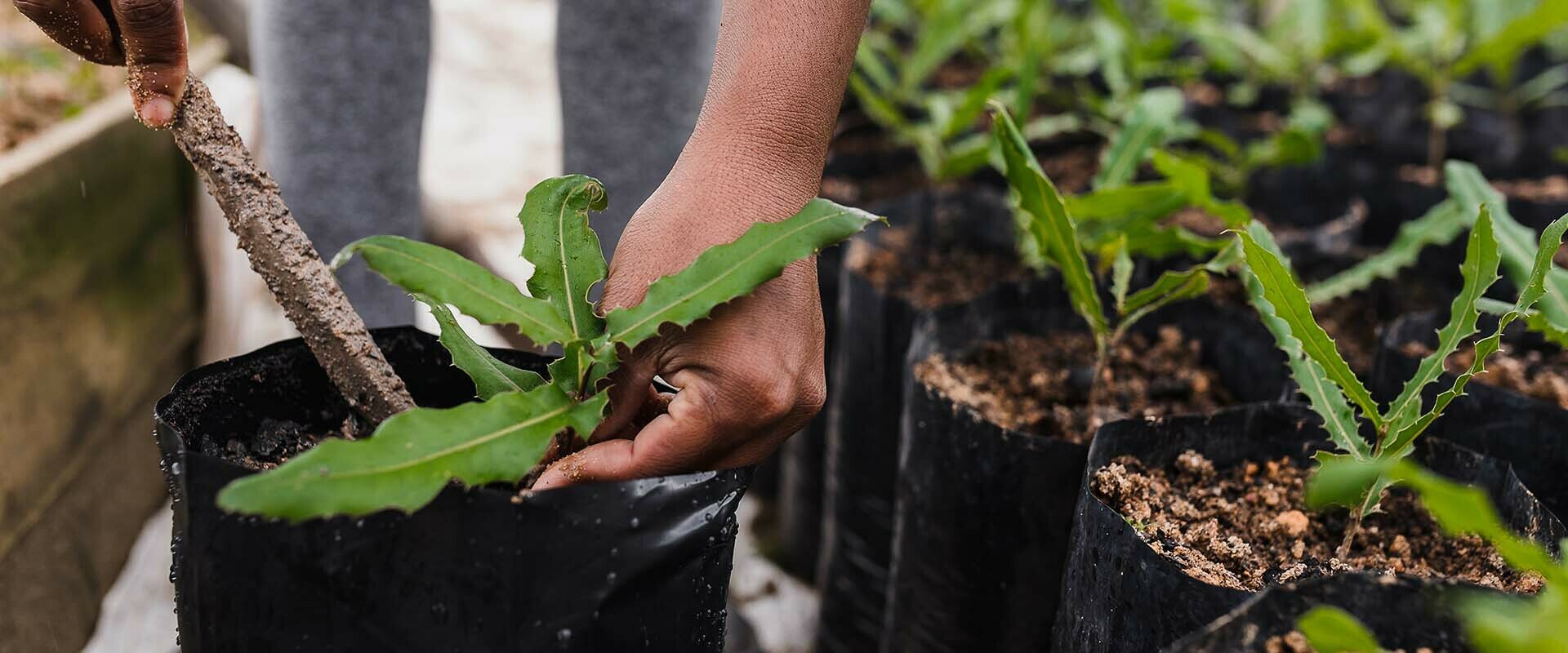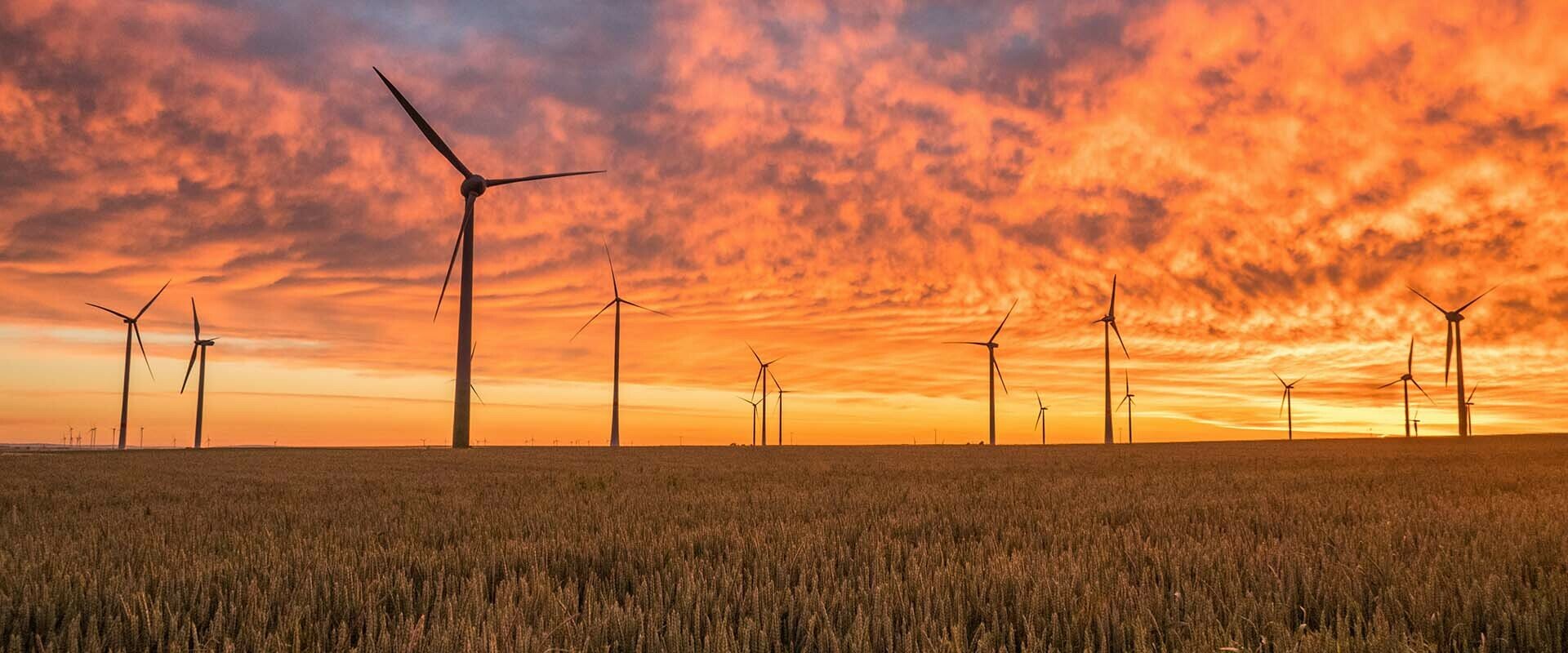A backpacker's guide to carbon offsets
If you aren’t conscious of the climate crisis, you’re probably living under a rock. If you’re like most Millennials and Gen Zers, chances are it’s on your mind whether you’re at home, at work or travelling abroad. One thing that’s especially important for anyone who travels is the massive amount of pollution that comes from plane travel. A flight just from Vancouver to Halifax produces an estimated 1.44 tonnes of C02 per passenger. Longer flights generate even more.
On the world stage, activists like Greta Thunberg have given up plane travel, instead choosing to venture around the world via sailboat and train. But if you don’t have two weeks to sail across the Atlantic, and if taking a train from Berlin to Paris for the weekend isn’t an easily achievable feat, commercial flights are a necessary evil if you want to see the world.
So what’s a backpacker to do? Well, one option is carbon offsets.
What is a carbon offset, anyway?
Carbon offsets are credits that can be purchased to “compensate” for the pollution that a person or company puts into the atmosphere through funding green initiatives. Think of it this way: when you fly in a plane, that plane is burning jet fuel which emits carbon dioxide into the atmosphere (aka greenhouse gas emissions). These emissions are damaging to the atmosphere and to our planet’s climate. Carbon offsets are credits you purchase, the funds from which are passed along to groups responsible for carbon-reducing projects. The idea is that contributing to these projects counterbalances or offsets the negative emissions generated by your plane ride, resulting in carbon neutrality.
The green initiatives you can support through carbon offsets are typically third-party environmental projects like reforestation or forest management projects (trees sequester carbon dioxide) or renewable energy generation (like wind or solar farms that reduce our need for "dirty” energy sources), among many other carbon-reducing projects out there.
You may have heard of carbon offsets in the realm of the corporate world, too. Large companies, governments and organizations purchase them to offset the amount of pollution they create.
Carbon offsets are credits you purchase, the funds from which are passed along to groups responsible for carbon-reducing projects.
Back in early 2020, Maple Leaf Foods made headlines as the largest Canadian company to go carbon neutral—a feat achieved through purchasing offsets. Maple Leaf’s website lists projects they support, including the St. Louis wind farm in Manitoba, a composting project in Hamilton, Ontario, and the Darkwoods Forest carbon project in BC.
But these offsets can also be purchased on an individual level. In recent years, dozens of websites and non-profit organizations have sprung up to help people who feel guilty about their unsustainable habits. Carbon offset retailers allow people to first calculate the carbon emissions generated by things like their electricity use, their car travel and even the food they buy, and then purchase carbon offsets to balance it out.
Offsets can also be applied to plane travel. For a fraction of the price of your ticket, travellers can buy flight offsets from a number of companies. Instead of not producing C02 in the first place—by totally giving up air travel—purchasing offsets lets you support something that helps the environment.
So, if you want to take a flight to Europe that produces three tonnes of C02, you can also choose to support a reforestation project in Bangladesh to balance out your flight's negative impact on the planet.
Sounds simple, right? Well, for all the positives of carbon offsets, there are a few criticisms.

Do carbon offsets really help?
Since the early 2000s, the use of carbon offsets has been contested. Do they really fight climate change? How do you know which projects are good? Is it just a quick and easy way to pay away our guilt about our air travels? Is it misplacing the responsibility for carbon offsetting to the individual rather than demanding the far-reaching changes corporations can make themselves?
When it comes down to it, preventing carbon from getting into the atmosphere in the first place is better than counteracting it through compensatory measures like carbon offsets. But a lot of us want to travel, or drive cars or enjoy our chargeable devices. And hey, there are a lot of benefits that come from travelling, too.
So is it right for this to be your responsibility as an individual? Corporations emit way more greenhouse gasses per year than your once-in-a-lifetime flight to Australia. Why aren't we putting the responsibility more squarely on their shoulders? It’s not so black and white, some believe. Companies, industries and governments should do more to slow climate change, but that they aren’t doing their share isn’t reason for us as individuals to not do what we can to help either. Every little bit helps.
In the end, some of these criticisms are moral questions you’ll need to wrestle with yourself, while others are practical considerations that you can research your way out of.
In particular, funding tree planting through carbon offsets has been criticized for resulting in monoculture forests that don’t last, and for introducing invasive species. However, over the years the United Nations Framework Convention on Climate Change and other groups have developed accreditation and certification programs to “grade” the many carbon offset projects out there.
If you're wondering where to start, Gold Standard is considered the highest certification standard in Canada and around the world. Others include CSA Standard, Clean Development Mechanism, Verified Carbon Standard, the Climate Action Reserve registry and more.
So even if there isn’t a decisive answer on what kind of impact carbon offsets actually have on climate change overall, you can rest assured that they are a good way to contribute meaningfully to worthwhile projects.

Are carbon offsets worth it?
The price of offsets are set by weight, usually ranging from $20 to $25 per tonne. This adds up to less than $20 for a shorter flight, but can be more than $100 for a Canada to Australia flight, for example.
If you’re on a budget already, this extra cost can be hard to factor in. If you aren’t able to offset the full cost of a flight, you may consider making a smaller donation to an eco-friendly charity close to home or in your destination.
But if you can’t afford offsets at all, don’t fret. Doing the math on the cost of carbon offsets for your trip is also a good way to put the environmental impact of your travels into real numbers, even if you don’t end up buying any. Just considering the carbon emissions your next flight will generate might spur you to think about how you offset or reduce your footprint in other ways—on your next trip or in your everyday life.
It’s only one part of the journey to becoming a conscious traveller. You can also research ways to help the climate with everyday actions, like eating less meat, driving your car less and reducing your waste. Instead of taking a multi-leg journey through Southeast Asia, spend more time in one country. You’ll learn more about the culture and produce less CO2 along the way.

Where can I buy offsets?
Projects range in size and scope around the world. Some major airlines partner with specific offset companies. Air Canada provides offsets through Less.ca, and WestJet uses CarbonZero. Other Canadian offset retailers include Offsetters, Tree Canada and PlanetAir.
Each of these sites allows consumers to calculate their C02 emissions, whether you're offsetting your annual electricity usage, your daily commute or your next international adventure.
They also let you have some say in what projects you want to put your money towards, from a solid waste disposal project in Fredericton, NB, to diversifying the ecosystems in Ontario’s Niagara region. Some retailers even have international projects, like improving the emissions of a wastewater treatment plant in Thailand.
If you do choose to purchase offsets, remember that it’s not a one-step, simple solution. You can’t solve fossil-fuel dependency by planting trees, and we as individuals can’t do it alone. But considering the carbon emissions you generate through your travels and finding ways to minimize your impact are an important step toward becoming a better traveller and a better global citizen.
Issue 7



